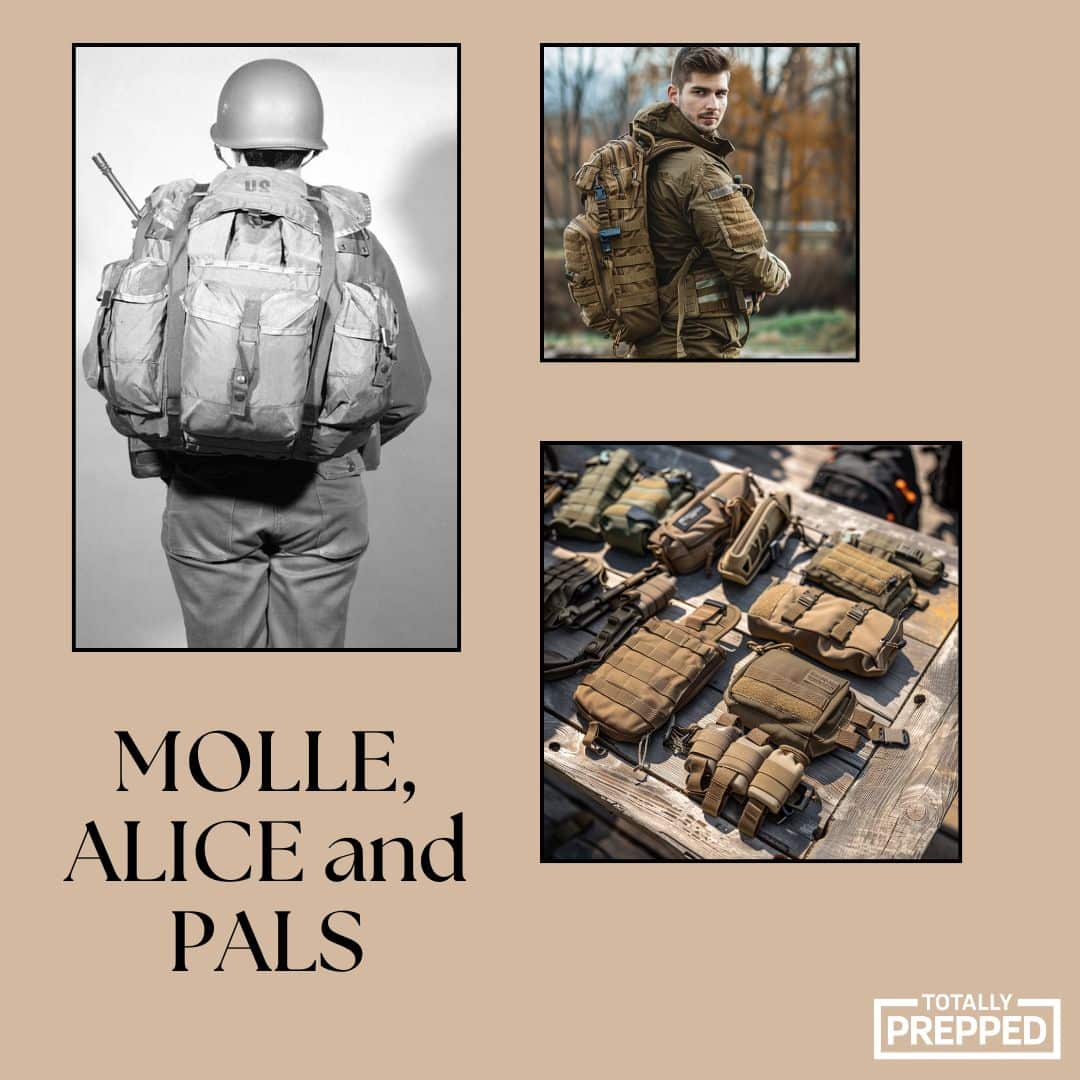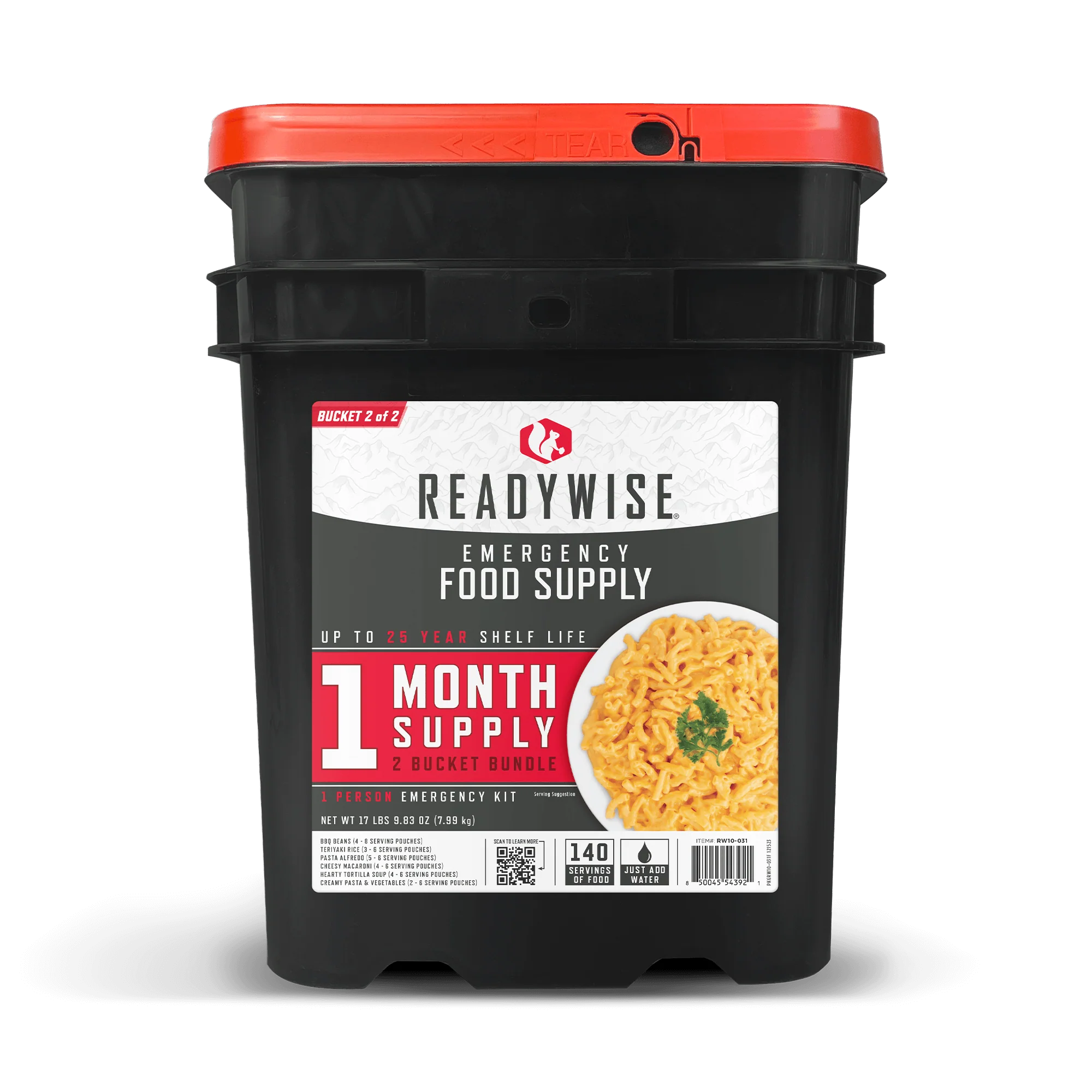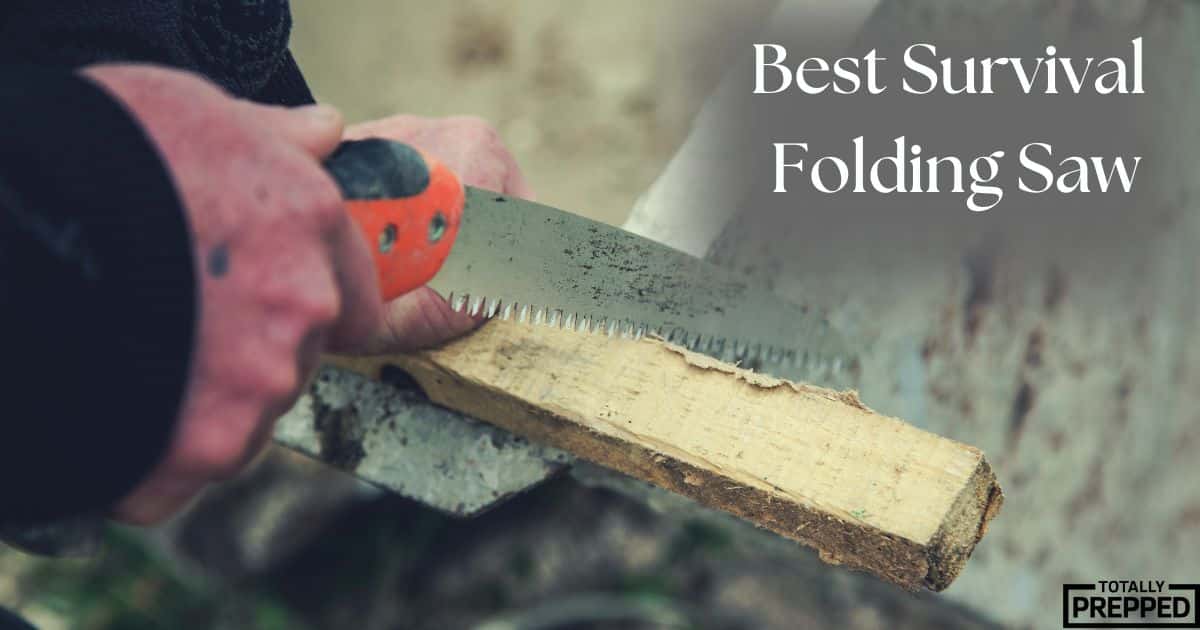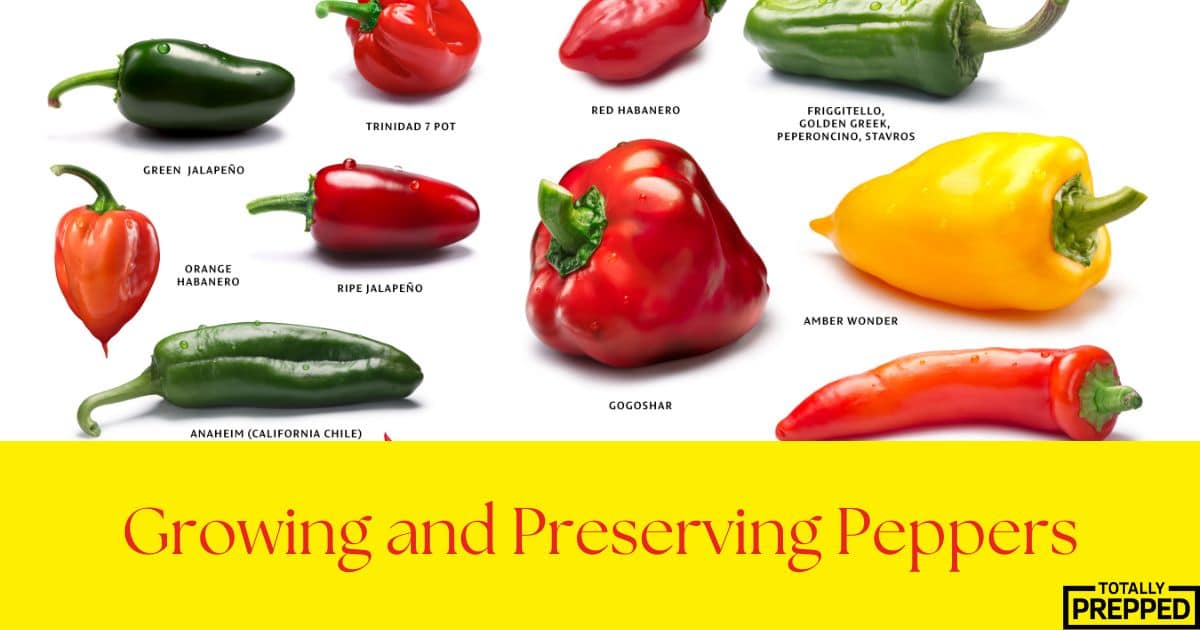Choosing MOLLE compatible gear involves careful consideration of quality, durability, and versatility. These factors are crucial in ensuring that the gear not only fits the system but also withstands the rigors of survival scenarios.
Quality Materials
The first aspect to consider is the material of the gear. The gear should be made of strong, durable materials with high-quality stitching and fastenings. High-quality MOLLE-compatible gear is typically made from durable materials like nylon, specifically Cordura, known for its resistance to abrasions, tears, and scuffs. The density of the material, often indicated in deniers, gives a good indication of its durability. Higher denier counts usually signify stronger material. However, it’s essential to strike a balance between strength and weight, as heavier materials can add unnecessary bulk.
Stitching quality is another crucial factor. Reinforced stitching, especially in areas that bear the most weight or stress, is a must for durability. Look for double or triple stitching, as it indicates a higher level of durability. The quality of zippers and fastenings is equally important. Opt for gear with heavy-duty, preferably weather-resistant zippers and robust snaps or buckles that can withstand frequent use.
MOLLE Attachment
For gear to be MOLLE compatible, it must have attachment straps or be designed to thread through the PALS webbing of a MOLLE pack. These straps, often referred to as MOLLE sticks or TacTie, should be sturdy and capable of securing the gear firmly to the pack or vest.
The attachment method should be straightforward yet secure, allowing for easy detachment and reattachment when necessary. Versatility is key in survival gear. Choose attachments that serve multiple purposes or can be adapted for various uses. For instance, a pouch designed to carry a water bottle can also double as a holder for other cylindrical items like a flashlight or a rolled-up tarp. This adaptability increases the overall utility of the gear.
Additionally, consider the modular nature of the gear. The ability to expand or compress, add or remove components, and reconfigure the setup based on specific needs is a significant advantage. Gear that offers this level of modularity enhances the overall efficiency and effectiveness of the MOLLE system. While it’s tempting to opt for larger pouches and attachments for increased carrying capacity, it’s essential to consider the size and weight of the gear.
The chosen attachments should complement the size of the MOLLE pack or vest, ensuring that they don’t overhang or unbalance the load. Similarly, the weight of the gear should be manageable, especially when considering the total weight once the gear is fully packed.
Environmental Considerations
Lastly, consider the environment in which the gear will be used. For humid or rainy conditions, look for water-resistant or waterproof gear. In sandy or dusty environments, gear with covers or flaps that protect against the intrusion of particles can be beneficial.
It should fit securely onto the MOLLE webbing, offer versatile use, and be appropriately sized and weighted for the intended load and environment. By considering these factors, survivalists can ensure that their MOLLE system is both efficient and reliable, tailored to their specific survival needs.
Must Have MOLLE Attachments
When assembling a MOLLE system for survival purposes, selecting the right attachments and pouches is crucial for creating an effective and efficient setup. While the specific choices will depend on individual needs and scenarios, there are certain attachments and pouches that are universally recognized as essential for a wide range of survival situations.
Water
Given the importance of water in survival, a hydration pouch or bladder is a must-have. These allow for easy access to water without having to remove the pack. Look for ones that are insulated to keep water cool and are durable enough to withstand harsh conditions.
Medical
A dedicated pouch for medical supplies ensures quick access to first aid essentials. Choose a pouch that can be easily identified, often marked with a red cross or similar symbol, and make sure it’s spacious enough to hold a comprehensive medical kit.
Utility Pouch
For carrying a variety of smaller items such as a multi-tool, fire-starting equipment, or personal items, utility pouches are invaluable. Opt for pouches with multiple compartments or organizers for easy access and organization. One of our favorite pouches is this OneTigris pouch and you can read a more thorough review here.
Food Pouch
Having a specific pouch for food items can help manage nourishment needs efficiently. These pouches should be easily accessible and offer protection against the elements and animals.
Tools and Weapons
For those who carry firearms, having dedicated pouches for ammunition and magazines is crucial. These should allow for secure storage yet quick access when needed. For carrying radios, GPS devices, or smartphones, specialized holders can be attached to the MOLLE system.
For larger tools like shovels or axes, specific tool pouches or holders can be attached to the MOLLE system. These are designed to carry such items securely while ensuring they don’t hinder movement. For carrying bulky items like sleeping bags or tents, larger attachments that can be fastened to the bottom or top of the pack are useful.
Waterproof Pouch
Waterproof pouches can be particularly useful for storing clothing, keeping them dry irrespective of weather conditions. Depending on specific needs, there are various specialized pouches available, such as those designed for holding maps, knives, flashlights, or cameras.
Choose the attachments and pouches that will provide the best protection and accessibility for specific types of gear. Prioritize quality, durability, and functionality. Ensure they complement your MOLLE pack in terms of size and balance and that they enhance, rather than hinder, your mobility and efficiency in survival situations.




